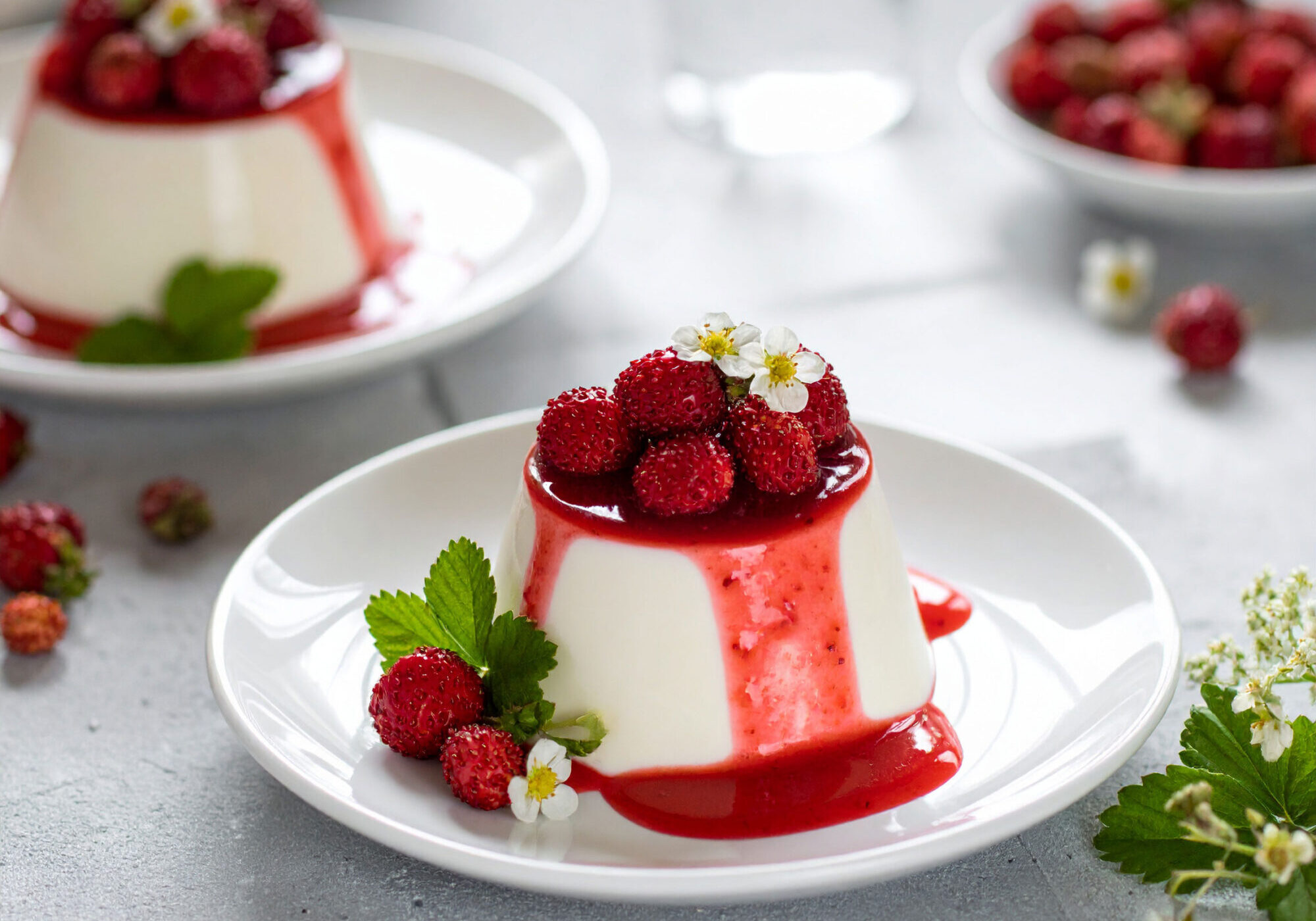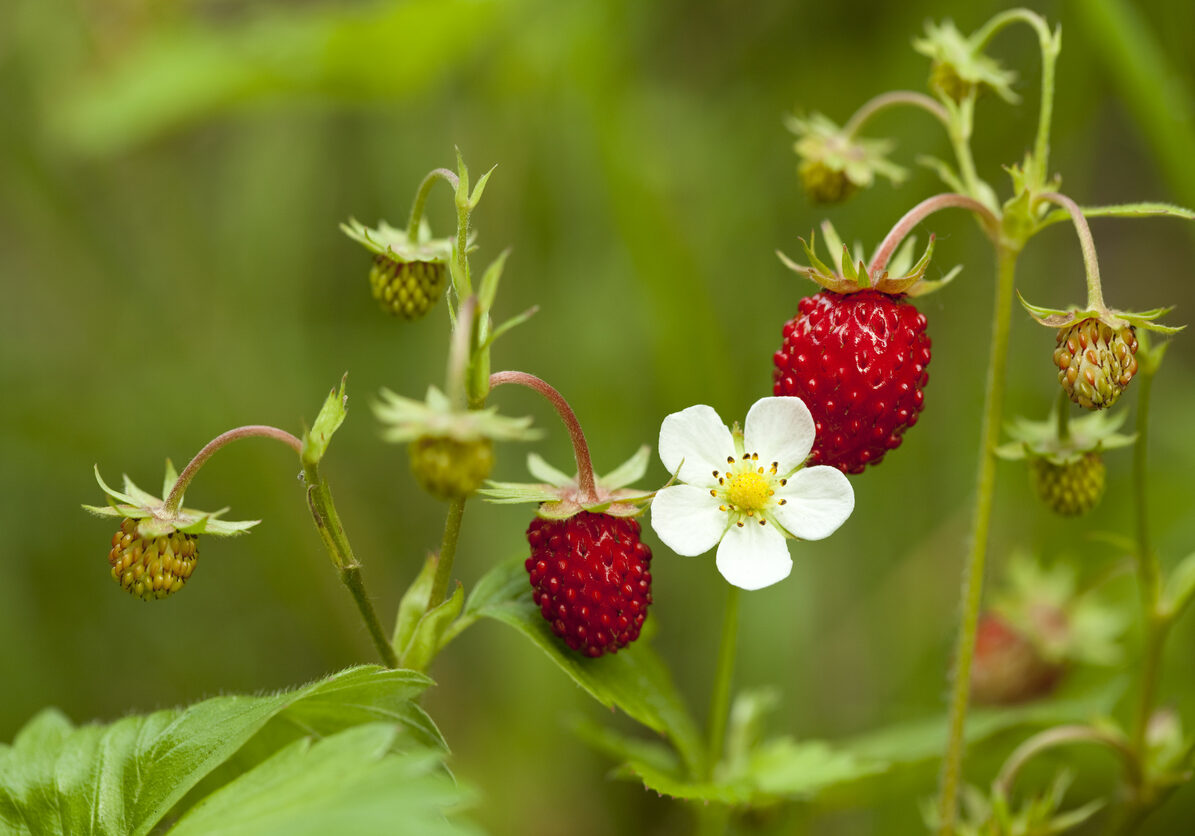
A Season of Plenty: Lessons from Nature’s Abundance
by PETE COMPSTON
OUR RESIDENT FORAGING FANATIC PETE COMPSTON FOCUSES ON THE FINER DETAILS OF PLANT RECOGNITION THIS SPRING
There’s a moment in early summer when the land seems to exhale. The slow emergence of spring gives way to the great crescendo of life—lush, wild, and generous. To those paying attention, nature’s message is clear: there is enough. More than enough.

Pete Compston
This abundance, however, is not a careless overflow—it’s a balanced, beautiful invitation. A call to share, to support, and to give back.
At Pendle Plant Craft, we’ve long felt guided by this wisdom. It shapes our gatherings, workshops, and wild foods we share. Most recently, it’s found its way into our new book—a love letter to the land, the seasons, and the quiet teachings of plants.
This season’s article celebrates that theme— abundance. It moves beyond scarcity thinking and discovers that when we give back to the land, we reconnect with something ancient and vital within ourselves.
You may notice we’re returning to two familiar plants this season—meadowsweet (Filipendula ulmaria) and Lime Tree (Tilia spp.)—alongside one final wild ingredient that brings it all together in a sweet, healing summer dessert: Wild Strawberry (Fragaria vesca).
Meadowsweet (Filipendula ulmaria)
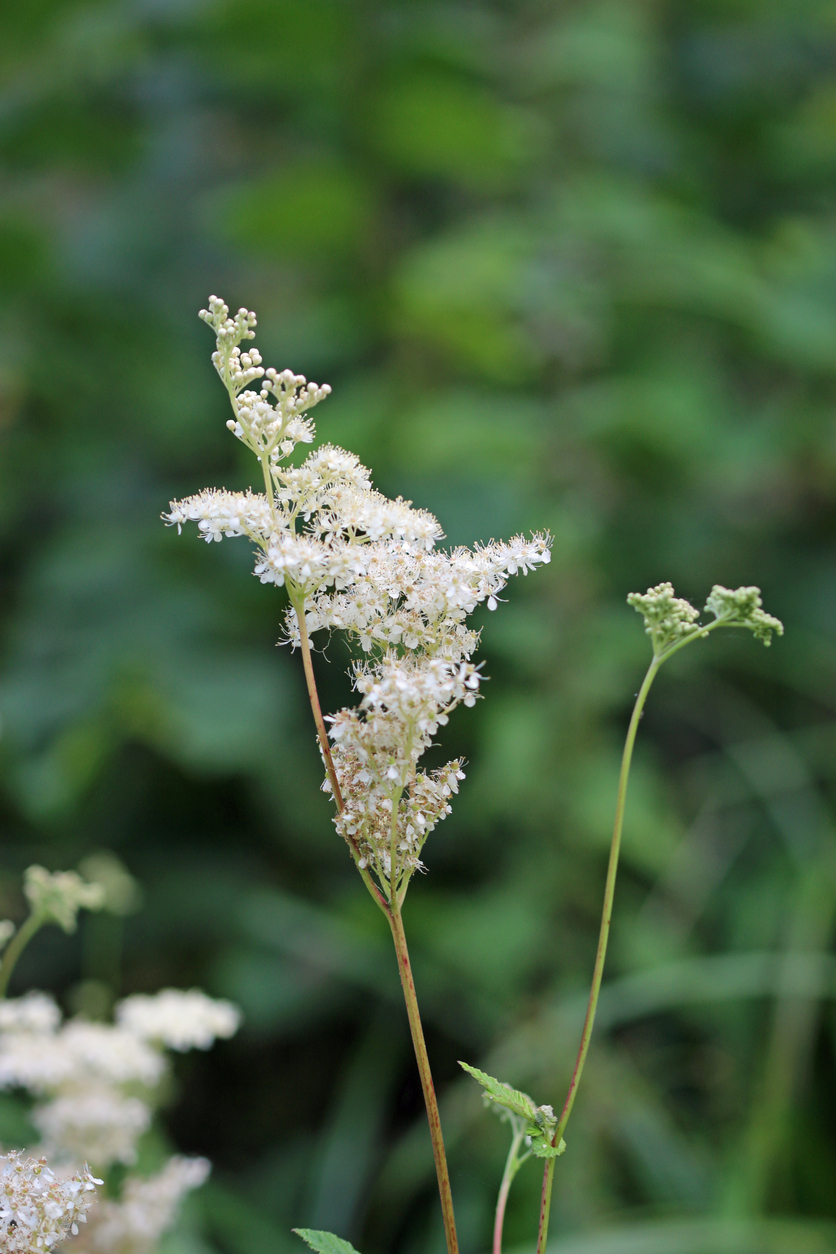
Meadowsweet rises from damp meadows and marshy margins, its creamy-white flowerheads held aloft on red-tinged stems swaying like lace in the wind.
“its sweet, almond-vanilla scent perfumes the air like summer’s incense.”
If you follow the trails through Lomeshaye Marsh toward our cabin, you’ll find it everywhere—its sweet, almond-vanilla scent perfumes the air like summer’s incense.
As with all wild plants, it’s important to consider individual sensitivities and potential contraindications— especially for those with allergies to aspirin or salicylates. Meadowsweet belongs to the Rose family (Rosaceae). Like its relative Hawthorn, Meadowsweet offers gentle cardiovascular support and is known for its ability to calm inflammation and ease digestive discomfort.
Identification is straightforward. The leaves are pinnate and comprise several toothed leaflets with a characteristic “little-big-little” pattern—smaller leaflets alternating with larger ones along the stem. The terminal leaflet at the tip is typically trifoliate (divided into three parts). The upper side of the leaves is deep green, while the underside is pale and downy. When crushed, the leaves release a sweet, antiseptic-like aroma—often compared to germolene or almond—thanks to their natural salicylates. The stems are grooved and often flushed red.
Lime or Linden Tree (Tilia)
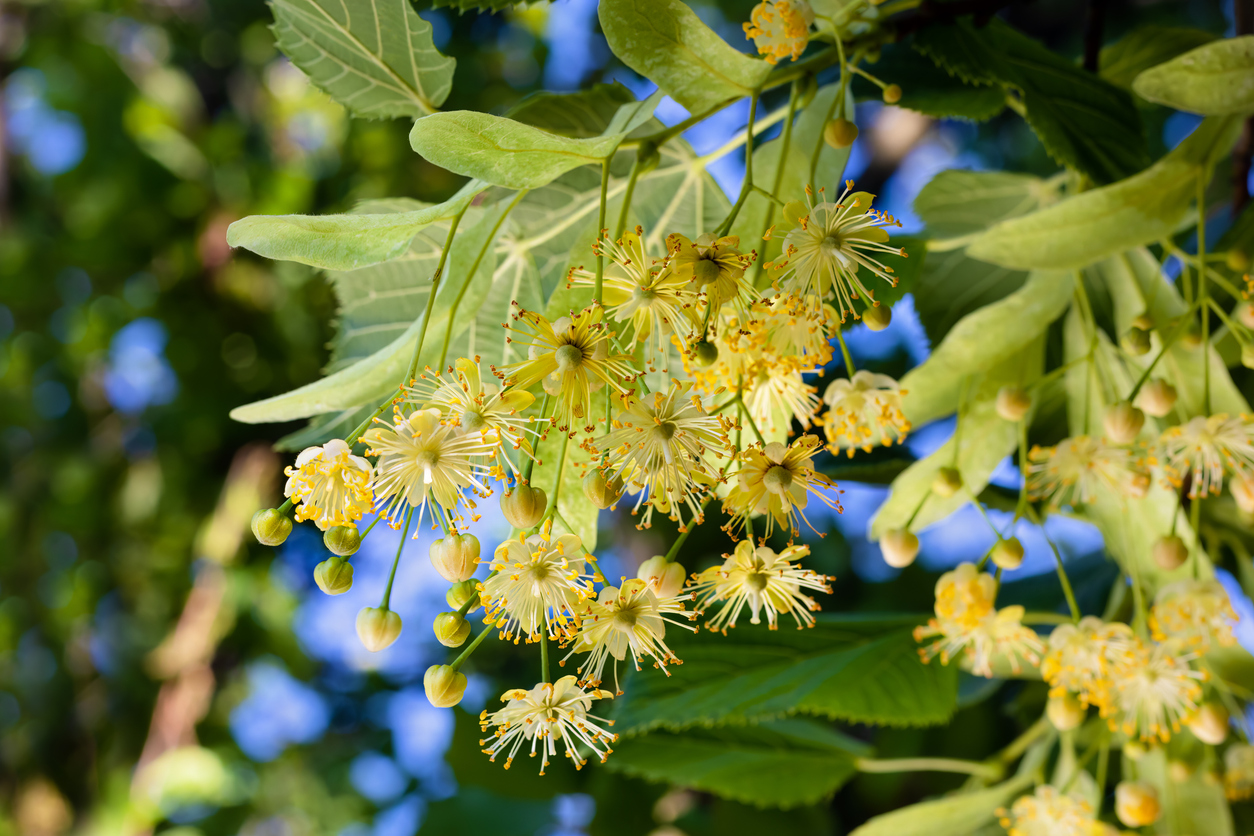
You’ll often find Lime trees lining old parks, shaded walkways, and woodland edges. Their broad, heart- shaped leaves flutter gently in the breeze, offering dappled shade. But in midsummer, something magical happens. Their pale yellow-green flowers open, and the air beneath them hums—alive with pollinators, drawn to the nectar-rich blossoms in a soundscape of soft buzzing.
The leaves are easily identified: finely serrated, asymmetrical at the base, and often tilted slightly. Some are matt, others glossy—especially when covered in “honeydew,” the sweet excretion of aphids. Though the idea might turn some away, it’s essentially glucose, and in truth, it makes the leaves even tastier.
In early spring, the young leaves are tender, mild, and mucilaginous—making them perfect for soothing sore throats, easing colds, or simply enjoying in a fresh salad. Later in the season, you can still find newer growth, particularly on shaded lower branches.
But it’s the flowers that have earned Lime its place in herbal lore. Dried and brewed as tea, they are beloved for their calming, antispasmodic, and mildly sedative effects.
“wild strawberries may be small, but they pack a surprising punch”
Wild Strawberry (Fragaria vesca)
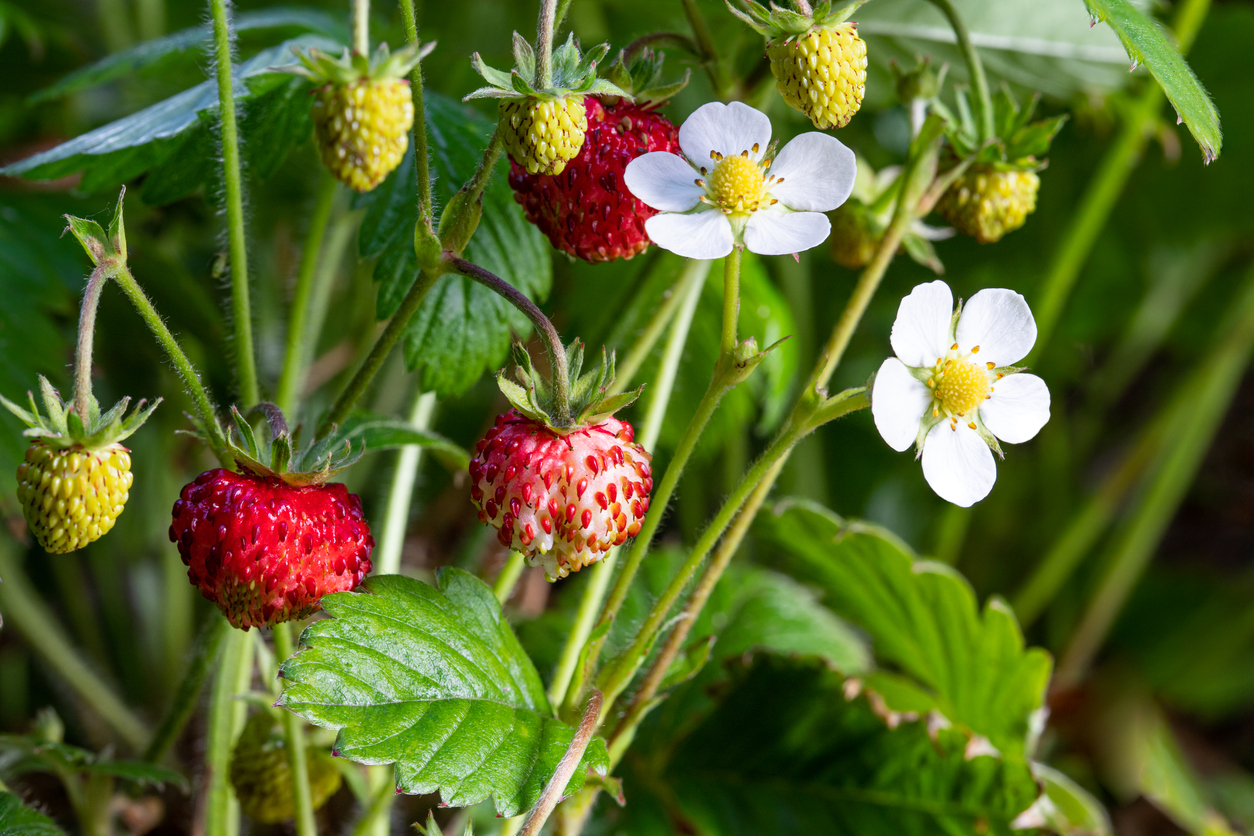
Small, low-growing, and often hidden beneath leaves and brambles, the Wild Strawberry is one of the summer’s quietest delights. You’ll find it in woodland edges and sun-dappled banks.
Unlike their cultivated cousins, wild strawberries may be small, but they pack a surprising punch—rich in antioxidants, polyphenols, vitamin C, and other nourishing compounds. It’s no surprise that most never make it home—eaten warm from the sun, straight from the plant, they offer a fleeting kind of joy.
Fittingly, the Wild Strawberry shares its lineage with another of our featured plants, Meadowsweet— they are both part of the Rose family, Rosaceae. Known for producing some of the most beloved edible and medicinal plants across the temperate world, Rosaceae members are often linked with cardiovascular health, digestive harmony, and subtle emotional support.
This panna cotta isn’t just a treat—it’s a celebration of timing, presence, and connection. Each ingredient is fleeting, found only for a short while, and easily missed unless we’re paying attention. Like summer itself, it invites us to pause, gather, and give thanks.

At Pendle Plant Craft, we believe every wild meal is an opportunity to connect—with the land, with each other, and with the richness already around us.
Find us at Pendle Plant Craft, join one of our walks, or pick up a copy of our new book, Thirteen Cycles Toward Nature’s Wisdom.
ColneLife June/July/Aug 25

